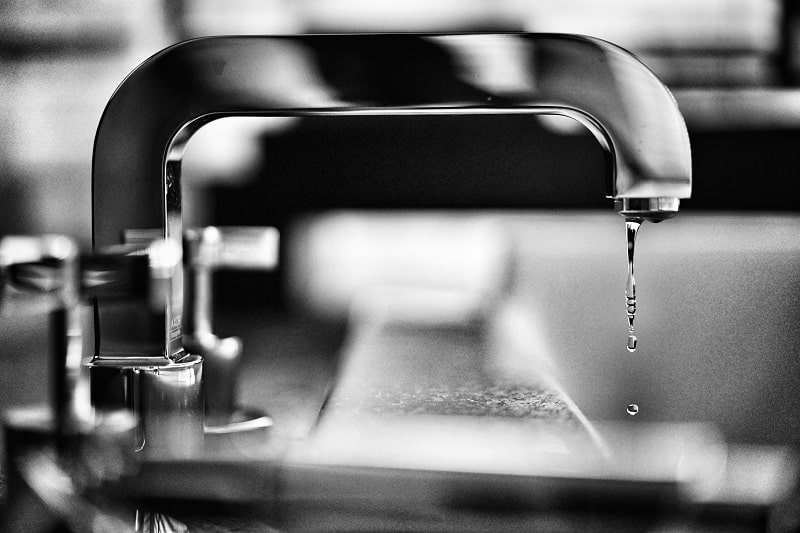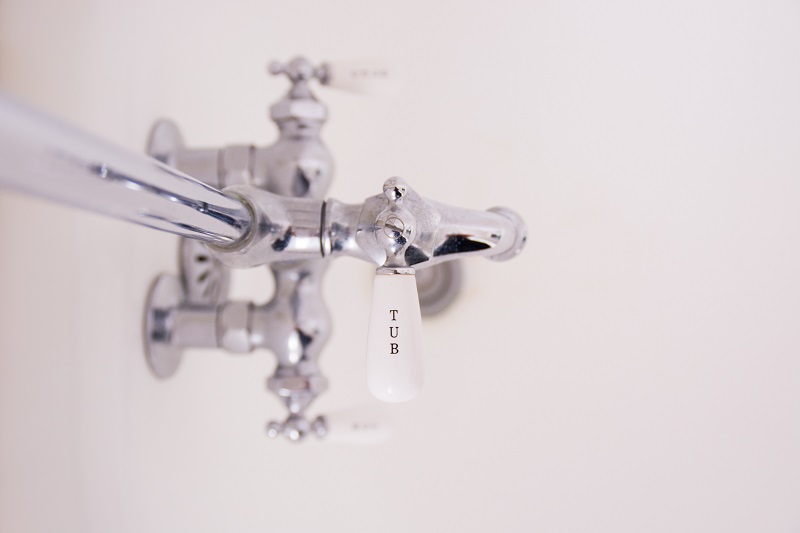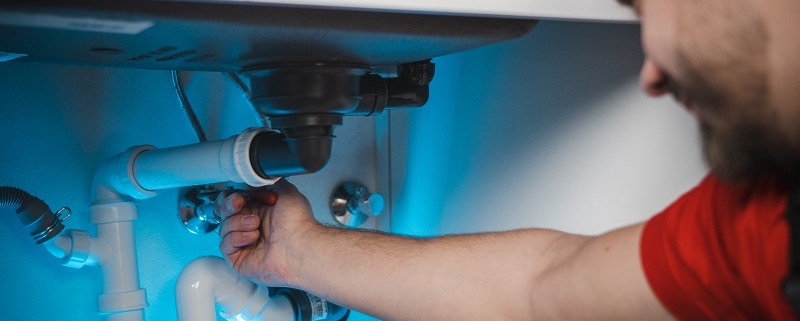Understanding the Types of Drainage Systems
Most modern structures have a drainage system that helps manage wastewater. By controlling where stagnant water ends up, the drainage system helps prevent various health and safety hazards to commercial and residential properties.
Finding out the different types of drainage systems is essential, and knowing what’s best to use on a case-to-case basis is essential to mitigate water damage in any building.
This article discusses the various drainage systems used today and the advantages of using each type. Moreover, it will also cover some of the factors you need to consider if you are planning to install a drainage system.
What is a Drainage System?
A drainage system is a network of pipes, gutters, and drains that remove excess liquids from a specific location. The wastewater is then moved into a septic tank or a sewer system.
Its primary purpose is to collect and remove wastewater and keep sewer gases out of the structure. The piping for a drainage system is typically made of plastic or metal, in contrast to the piping that transports water into a building.
The Different Types of Drainage Systems
Drainage systems fall between two categories which are open drains and closed drains. Open drains are primarily used to collect wastewater that’s not considered sewage. Meanwhile, closed drains are fit underground to collect and transport water into the main network.
You must maintain your drainage system properly if you don’t want water in the basement. Below are the main types of drainage systems usually installed in commercial and residential properties.

Residential Drainage Systems
This drainage system commonly installed in homes removes extra water from specific locations. This system assists in directing water away from roofs., walkways, and driveways to avoid flooding in the property. They are essential to prevent structural damage caused by water damage, rotting, mildew, and mold.
Surface Drainage Systems
Surface drainage systems use ditches and drainage channels to remove excess water from the ground’s surface. The system also uses hollows, grassed streams, drains, and levees to allow the water to flow outward of the property.
Subsurface Drainage Systems
This drainage system is installed under the soil’s top layer to remove unwanted water at the root level. A subsurface drainage system requires digging deep ditches and installing underground pipes, which lead to a vast collector drain.
Slope Drainage Systems
Slop drains help manage excess water flow downwards through a network of pipes placed downward a slope. It moves the water away from a structure towards a slight incline where the pipes are installed. This design allows the water to flow naturally.
Downspout and Gutter systems
This drainage system collects water from gutters and moves it to the ground. A downspout connected to the building’s gutter system carries water from the roof and into the soil. The water is then moved on a slope which prevents it from pooling.
Factors to Consider for Proper Drainage System
Most drainage systems work together in removing water and redirecting it to a proper location. However, many homeowners or business owners often need to pay more attention to the importance of planning which drainage they must use.
Hiring a reliable building planner and excellent residential contractors can help you install the best drainage system for your property. Below are some factors you must consider when choosing a drainage system.
- The volume of rain in your area: Consider the average amount of rain pours in your area per year by looking at available climate data.
- Installation period and performance: Review how the drainage system will perform and whether you have plenty of time to install it before the next rainy season.
- The steepness of the slope in your area: Slopes are great for drainage since they can help remove excess water naturally. Find out the slope angle near your building or property and if it can be used for drainage purposes.
- Availability of drainage companies in your area: Find out if a nearby drainage service company can help you install the drainage system. You should do it yourself if you are away from their service area.

Your Responsibilities Regarding Your Drainage System
Homeowners are responsible for private drains within their property’s boundary. If you reside in a private home connected to the public sewers, you will be responsible for some of the pipes that make up this connection and may also be required to pay for their upkeep or repair.
If you need drainage system installation or maintenance service, Majestic is here. We have the best drainage planners and installers with years of experience and the right tools. Contact us today to get a reasonable quote.





